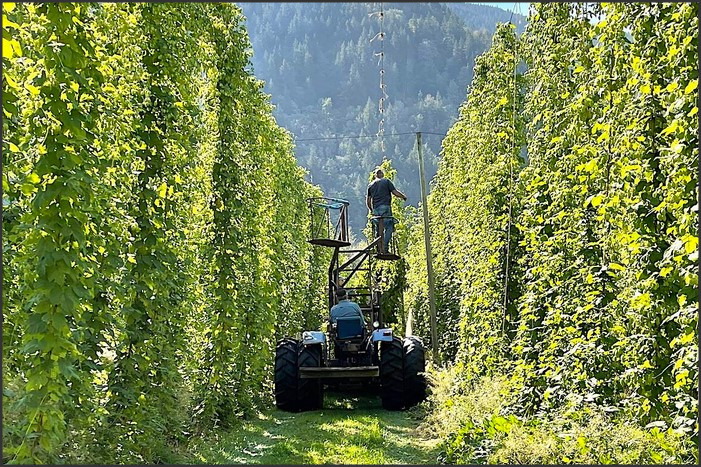Harvesting Hops: A Guide to Starting a Hop Field Business

Source : https://www.bpmcdn.com
Harvesting Hops: A Guide to Starting a Hop Field Business is a comprehensive manual that provides an in-depth understanding of the hop farming industry. It covers all aspects of starting and managing a hop field business, from understanding the plant’s biology, selecting the right variety for specific climates, to the actual process of planting, nurturing, and harvesting hops. The guide also delves into the business side of things, discussing market trends, financial planning, and strategies for successful selling. It is an essential resource for anyone considering venturing into the lucrative yet challenging world of hop farming.
Harvesting Hops: A Guide to Starting a Hop Field Business
Harvesting hops is a unique and potentially lucrative business venture that has gained popularity in recent years, particularly with the rise of craft breweries. Hops, the flowers of the hop plant, are a key ingredient in beer production, providing the characteristic bitterness that balances the sweetness of the malt. Starting a hop field business can be a rewarding endeavor, but it requires careful planning, a deep understanding of the crop, and a commitment to hard work.
The first step in starting a hop field business is selecting the right location. Hops thrive in specific climates and soil conditions. They prefer a temperate climate with plenty of sunlight and well-drained, fertile soil. The ideal pH for hop soil is between 6.0 and 7.5. It’s also important to consider the availability of water, as hops require a significant amount of irrigation during the growing season.
Once the location has been chosen, the next step is to prepare the land for planting. This involves clearing the land of any debris, tilling the soil, and setting up a trellis system for the hops to climb as they grow. Hops are perennial plants that can grow up to 25 feet in a single season, so a sturdy trellis system is essential.
The selection of hop varieties is another crucial aspect of starting a hop field business. There are numerous varieties of hops, each with its own unique flavor and aroma profile. The choice of variety should be guided by the demands of the local market and the preferences of the breweries you plan to supply. It’s advisable to start with a few varieties and gradually expand as you gain experience and understand the market better.
Planting usually takes place in the spring, with hop rhizomes being planted about 3 feet apart in rows that are 7 to 8 feet apart. Careful attention should be paid to pest and disease management to ensure a healthy crop. Hops are susceptible to several pests and diseases, including aphids, mildew, and various types of rot. Regular monitoring and appropriate interventions can help keep these threats at bay.
Harvesting typically occurs in late summer or early fall, depending on the variety and local climate conditions. The hops are ready to harvest when the cones are dry and papery to the touch, and the lupulin – the yellow powder inside the cones that gives beer its bitterness – is abundant and aromatic. The harvested hops are then dried, usually in a kiln, before being packaged for sale.
Starting a hop field business is not without its challenges. It requires a significant upfront investment in land, equipment, and labor. The market can be unpredictable, with fluctuations in demand and price. However, with careful planning, a commitment to quality, and a strong relationship with local breweries, it can be a profitable and rewarding business.
In conclusion, starting a hop field business involves more than just planting and harvesting hops. It requires a deep understanding of the crop, careful planning, and a commitment to hard work. But for those with a passion for agriculture and a love of beer, it can be a rewarding venture that combines the best of both worlds.Harvesting Hops: A Guide to Starting a Hop Field Business provides comprehensive information on starting a hop field business. It covers all the necessary aspects such as the initial investment, selection of land, planting and care of hops, harvesting techniques, and marketing strategies. The guide emphasizes the importance of understanding the market demand, potential return on investment, and the challenges involved in the business. It is a valuable resource for anyone considering entering the hop farming industry.





